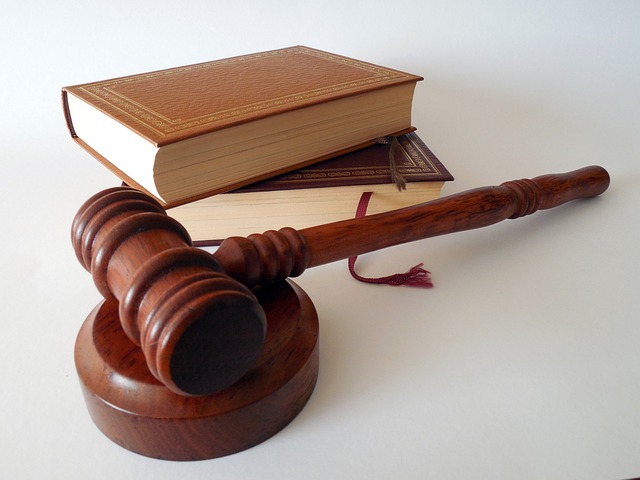
Should you sustain injuries, you could be entitled to sue the aggressor in a personal injury or tort case. This makes it possible for you to get paid for losses. Usually, you sue the person who caused you harm, but in certain cases, you might also want to sue the person(s) or business that was in charge of the offending party. This may facilitate the process of obtaining compensation in situations where the aggrieved party lacks resources or insurance, or where it is difficult to pinpoint the precise member of an organization who bears responsibility.
You can bring a lawsuit against these additional potential defendants according to vicarious liability laws.
vicarious liability torts: About
A legal principle known as “vicarious liability,” often known as “imputed liability,” makes an individual or business accountable for the deeds of third parties or their workers. It usually pertains to someone in charge of those who injure victims.
In a personal injury lawsuit, victims have additional possible defendants due to vicarious liability. Plaintiffs frequently file lawsuits against those who harmed them directly as well as those who bear vicarious liability for the resulting losses.
vicarious liability in tort: Why it Exists?
- The legal principle of respondeat superior, which basically means “let the master answer,” gives rise to vicarious liability. Those who are under their authority are expected to answer, including parents, employers, and anyone with a superior legal relationship with someone who causes injury.
- Rules governing vicarious responsibility are also in place to safeguard injured parties. A youngster or an individual employee frequently lacks the financial means to compensate others they injure as a result of their carelessness or wrongdoing. However, businesses and parents usually do.
- Victims can receive compensation because of the vicarious liability doctrine, which holds accountable individuals with resources (including the ability to purchase insurance) who were in a position to avert injury but chose not to do so.
vicarious liability in tort example
- Even if the firm was not the main cause of the harm, it may nevertheless be held accountable for the actions of an employee who injures someone while carrying out their job. This is because the worker was acting in the course of his or her employment, and the business is required by law to make sure that its workers behave responsibly.
what are the elements of vicarious liability?
In order to prove vicarious liability, the subsequent elements are usually necessary:
- Relationship of Specific Kind- In order for liability to be justified, there must be a specific sort of relationship between the parties, such as an employer-employee or principal-agent relationship.
- Wrongful Act- There has to be a wrongdoing. This could be an intentional act, a careless act, or in rare circumstances, even criminal conduct.
- Course of Employment- The wrongdoing had to occur throughout the course of the employee’s employment. The action need not have been specifically approved, but it must be directly related to the person’s responsibilities and not a personal project.
vicarious liability landmark cases
The two landmark cases on vicarious liability are as follows:
- In the Mohamud v WM Morrison Supermarkets case, Mr. Mohamud was a customer at the gas station, and he was being physically abused by a Morrison store employee. Mr. Khan was the name of the employee. At the rear of the gas station, Mr. Khan and Mr. Mohammed grabbed him, punching, kicking, and severely beating him. Mr. Khan disregarded his supervisor’s advice when she attempted to stop him. He wasn’t held accountable at first.
However, after hearing the case of Mr. Mohammed, the Supreme Court declared that Morrison should be held vicariously accountable for Mr. Khan’s acts because they were directly related to his job.
- In Anita Bhandari & Ors. v UOI case, the petitioner’s spouse went to a bank; as he was entering, the bank’s cash box was being taken inside; as a result, the security guard shot him in a hurry, killing him. The petitioner had argued that the bank remained vicariously liable for the security guard’s actions because they were performed while the guard was on the job, but the bank had responded that the man had not been given permission to shoot.
The guard acted excessively in the course of his duties, but it was still within the scope of his employment, therefore the court found the bank accountable for granting him permission to fire when he thought it was appropriate.
When certain requirements are met, such as the existence of an employer-employee or principal-agent relationship, the tortious act being committed within the course of employment or agency, a connection between the act and the business of the employer or principal, and the absence of any personal motivation on the part of the employee or agent, vicarious liability in tort law arises.









